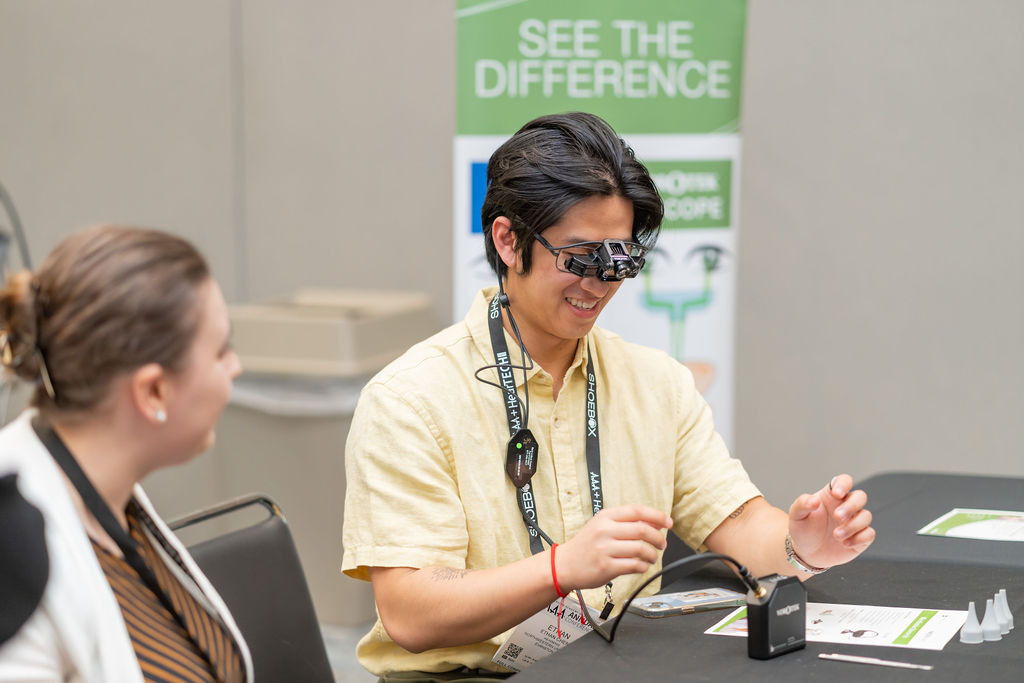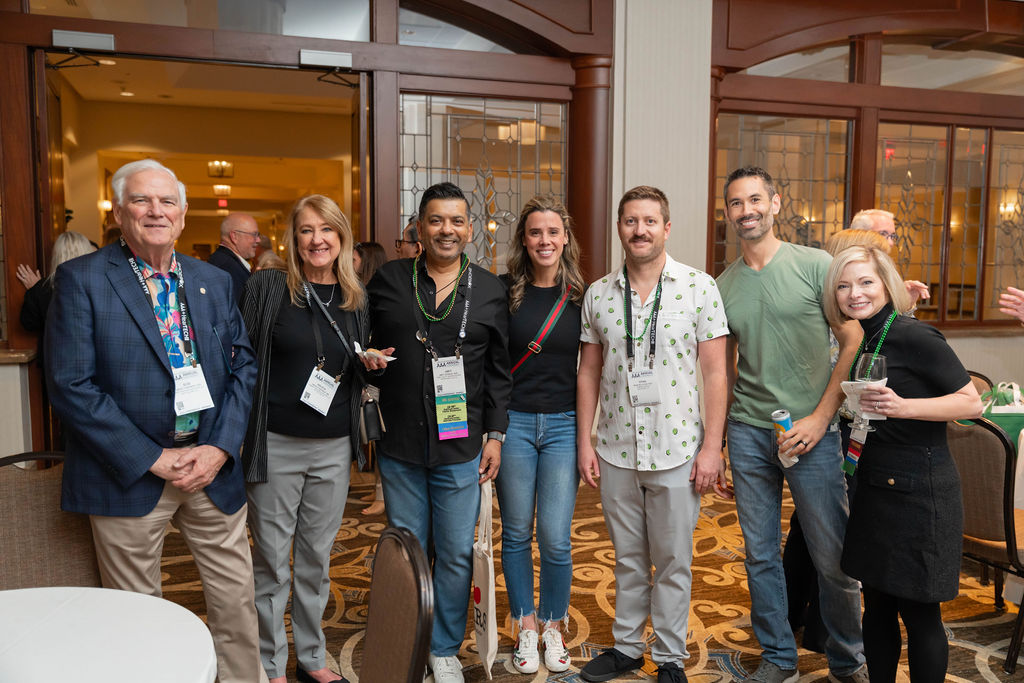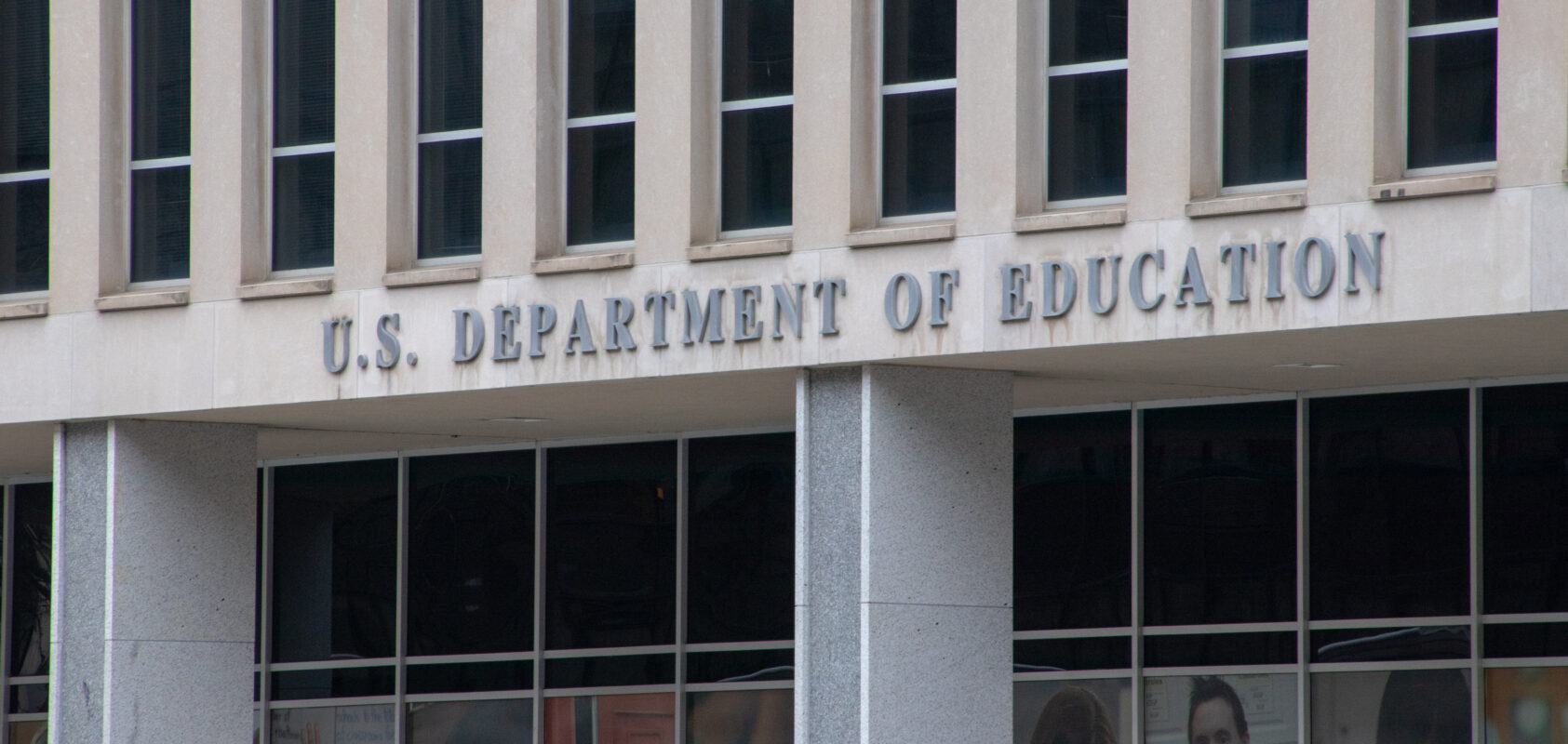By Samuel R. Atcherson, Evan T. Finley, B. Renee McDowell, Celeste Watson
Because of COVID-19 and broad mandates to wear face coverings, there are numerous local, state, and national conversations regarding communication access for individuals who are deaf and hard-of-hearing (DHH) in school, hospital, and public settings. Although there was an initial shortage and concerns about meeting global demands, we have witnessed, in a short period, rapid production of various types of masks and shields intended for use by either the public or health workers, including masks with clear (transparent) windows.
The major problem is that typical masks (cloth or medical) present an obvious visual barrier to those who depend on nonverbal communication cues on the face (e.g., mouth, lips, teeth, tongue, and cheeks) (Gardino et al 2008; Atcherson et al, 2017; Atcherson and Finley, 2019; Elby et al., 2020; Baltimore and Atcherson, 2020).
Indeed, both linguistic and nonverbal information are important for understanding social communication and interaction (Rieffe and Terwogt, 2000; Most and Aviner, 2009). In a timely publication concerning medical masks, Goldin et al (2020) reported acoustic degradations where medical masks act as lowpass filters and high frequencies between 2000-7000 Hz are attenuated by about 3-4 dB for simple surgical masks and up to 9-12 dB for N95 masks.
They cautioned that these reductions would prove challenging for DHH individuals when listening to speech in background noise and in reverberant (echo-like) settings—especially with advancing age and greater likelihood of hearing loss.
Recent Posts
Turn Insight Into Action! Attend Learning Labs at AAA 2026
Ready to take your professional development to the next level? At AAA 2026, Learning Labs are your chance to go beyond lectures and dive into…
Your Support Makes the Difference—Let’s Finish the Year Strong
As we wrap up the year, I want to thank you for your generosity supporting the AAA Foundation’s work. The enclosed report highlights what you…
Audiology Faces New Challenges Under Draft Federal Loan Rule: What Comes Next
Member Action Needed Soon! The U.S. Department of Education’s Advisory Committee has reached consensus on proposed regulations implementing the higher education provisions of the One…


